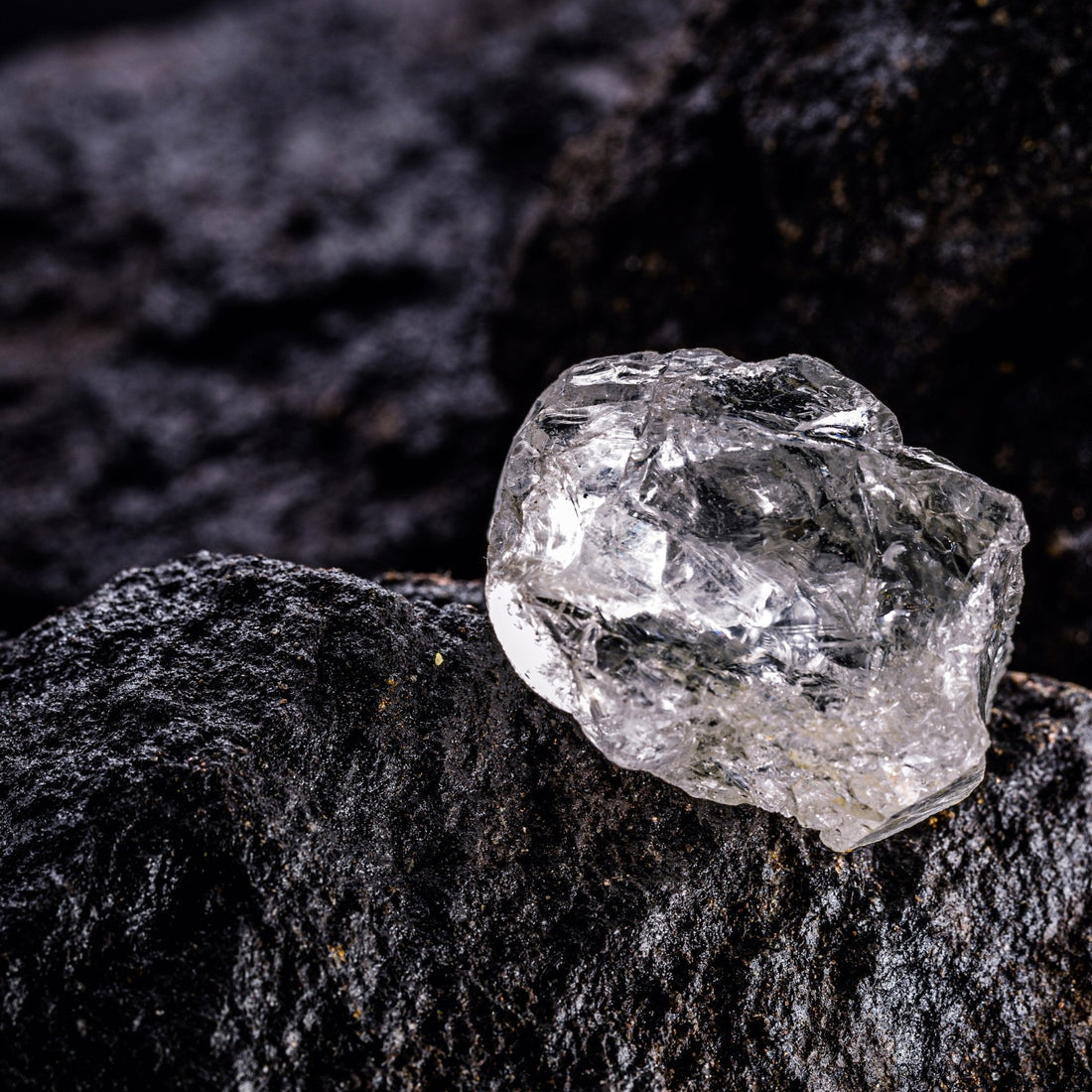When it comes to buying a diamond, most people are familiar with the 4 Cs – carat, cut, color, and clarity. These factors play a crucial role in determining a diamond's overall quality and value. However, there are lesser-known factors that can significantly impact a diamond's appearance and desirability.
In this article, we'll dive deeper into these aspects and explore how they contribute to a diamond's uniqueness and beauty.
Fluorescence: Unveiling a Diamond's Glow
Fluorescence is a fascinating phenomenon that occurs when a diamond emits a soft glow when exposed to ultraviolet light. While it may seem counterintuitive, some diamonds exhibit fluorescence under certain lighting conditions. The fluorescence intensity can range from none to very strong.
For some buyers, fluorescence adds character to a diamond, making it appear vibrant and unique. However, strong fluorescence can sometimes cause a diamond to appear hazy or milky, especially in daylight. To make an informed decision, it's crucial to view diamonds in various lighting conditions and discuss the diamond's fluorescence with a knowledgeable jeweler.
Symmetry: The Art of Precision
A diamond's symmetry refers to how well its facets align and interact with each other. Excellent symmetry enhances the diamond's brilliance and sparkle, as light can bounce within the stone more efficiently. Symmetry is evaluated on a scale from Excellent to Poor.
Symmetry affects the overall aesthetics of a diamond and can even impact how it interacts with light. A diamond with well-proportioned facets and optimal symmetry will exhibit a balanced pattern of light and shadow, resulting in a mesmerizing display of brilliance.
Polish: The Mirror-Like Finish
Polish is closely related to symmetry and refers to the quality of the diamond's surface finish. A diamond with excellent polish will have a mirror-like reflection, allowing light to pass through without distortion. Like symmetry, polish is also graded on a scale from Excellent to Poor.
Polish is crucial for a diamond's appearance because any imperfections or scratches on the surface can affect how light enters and exits the diamond, diminishing its brilliance. Opting for a diamond with excellent polish ensures that you're getting a gemstone that reflects light optimally and maximizes its visual impact.
Depth and Table Percentages: Striking the Balance
While not as widely discussed as the 4 Cs, a diamond's depth and table percentages play a significant role in its overall appearance. The depth percentage is the ratio of a diamond's depth to its diameter, while the table percentage is the ratio of the diameter of the table (the flat top surface) to the diameter of the diamond.
If you're interested to learn more about loose diamonds at Dracakis, book a consultation with our team, we'd love to share more!










